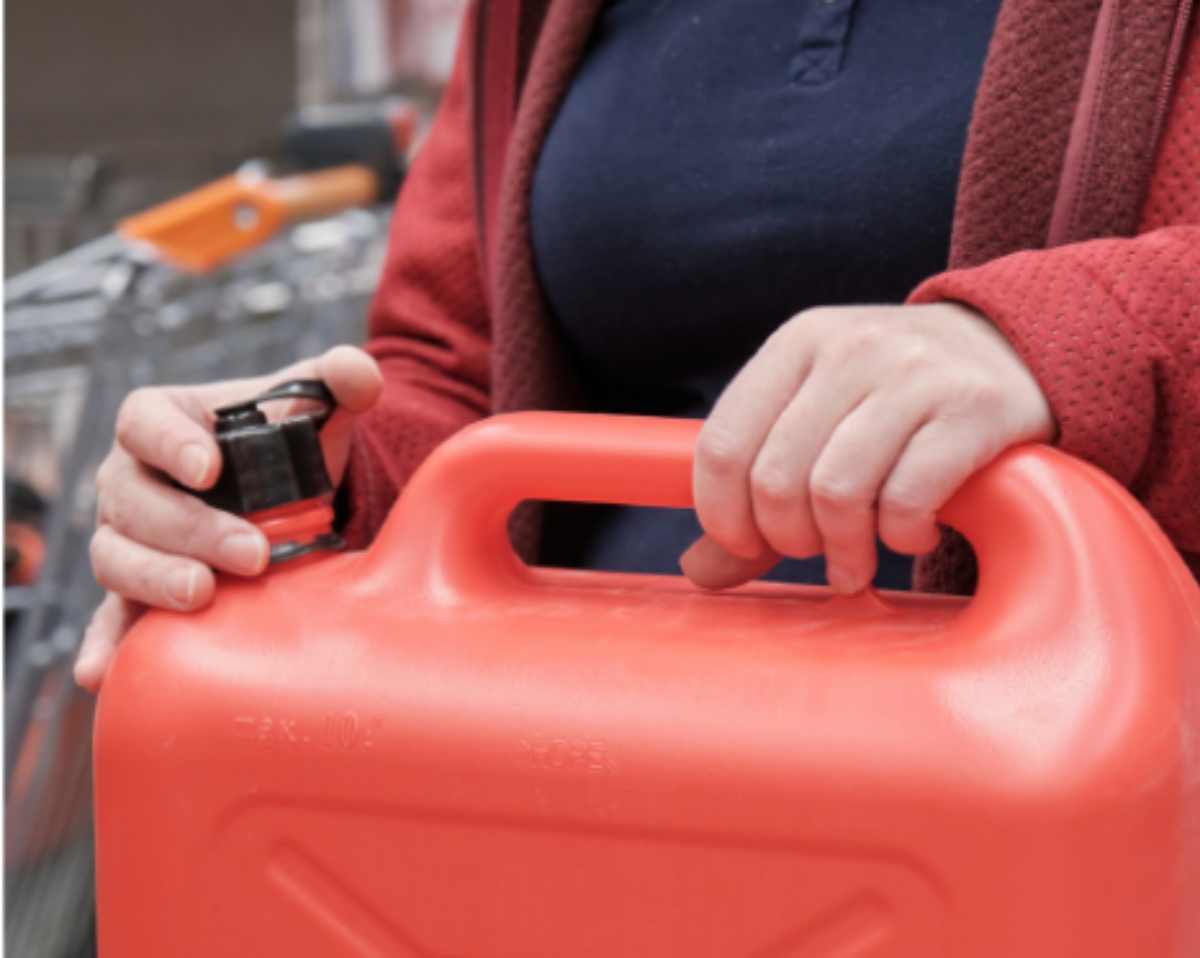Feds Set New Safety Standards for Gas Cans

The U.S. Consumer Product Safety Commission (CPSC) is requiring new flame mitigation devices on gas cans and other fuel containers in an effort to make them safer.
Each year, thousands of people go to emergency departments with burn injuries related to flammable liquids, CPSC said. Many burn incidents involve liquid fuel used on a backyard fire pit, a campfire, a bonfire or burning trash. Vapors from these liquids are invisible and dangerous.
Flame mitigation devices, such as flame arrestors, protect against flame jetting and container rupturing. Flame jetting is a phenomenon where an external ignition source – such as an open flame – causes a sudden ignition of fuel within a container and forcefully expels burning vapor and liquid from the mouth of the container, resulting in a blowtorch-like effect.
Container rupturing is like flame jetting, except the burning vapor and liquid are expelled through a rupture in the container.
Flame mitigation devices will be required on new gas cans and other containers that are sold empty, such as for kerosene and diesel, and on new containers that are sold pre-filled with fuels such as charcoal lighter fluid, liquid fireplace fuels and pre-mixed gasoline and engine fuel. Most fuel containers already have the safety device.
The new mandatory safety standard will go into effect in July 2023. Congress required the agency to put rules into place to protect consumers under the Portable Fuel Container Safety Act (PFCSA) of 2020.
Child safety
The CPSC is also updating its child resistance requirements for closures on portable gas cans, and diesel and kerosene containers. These requirements became effective on December 22, 2022.
The revisions update the existing standard to reflect current gasoline container designs, remove ambiguities in the child test requirements, and create an adult test that reflects usage patterns. The revisions also apply requirements to aftermarket products such as pour spouts.
